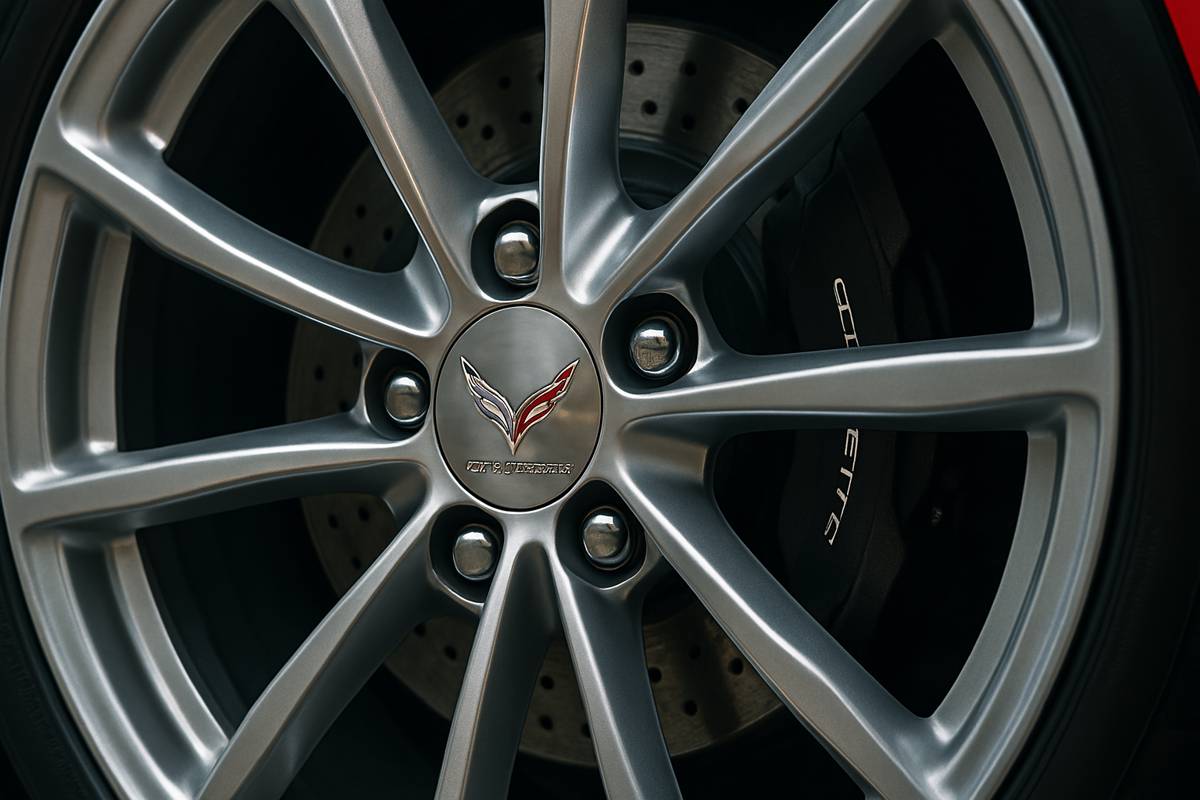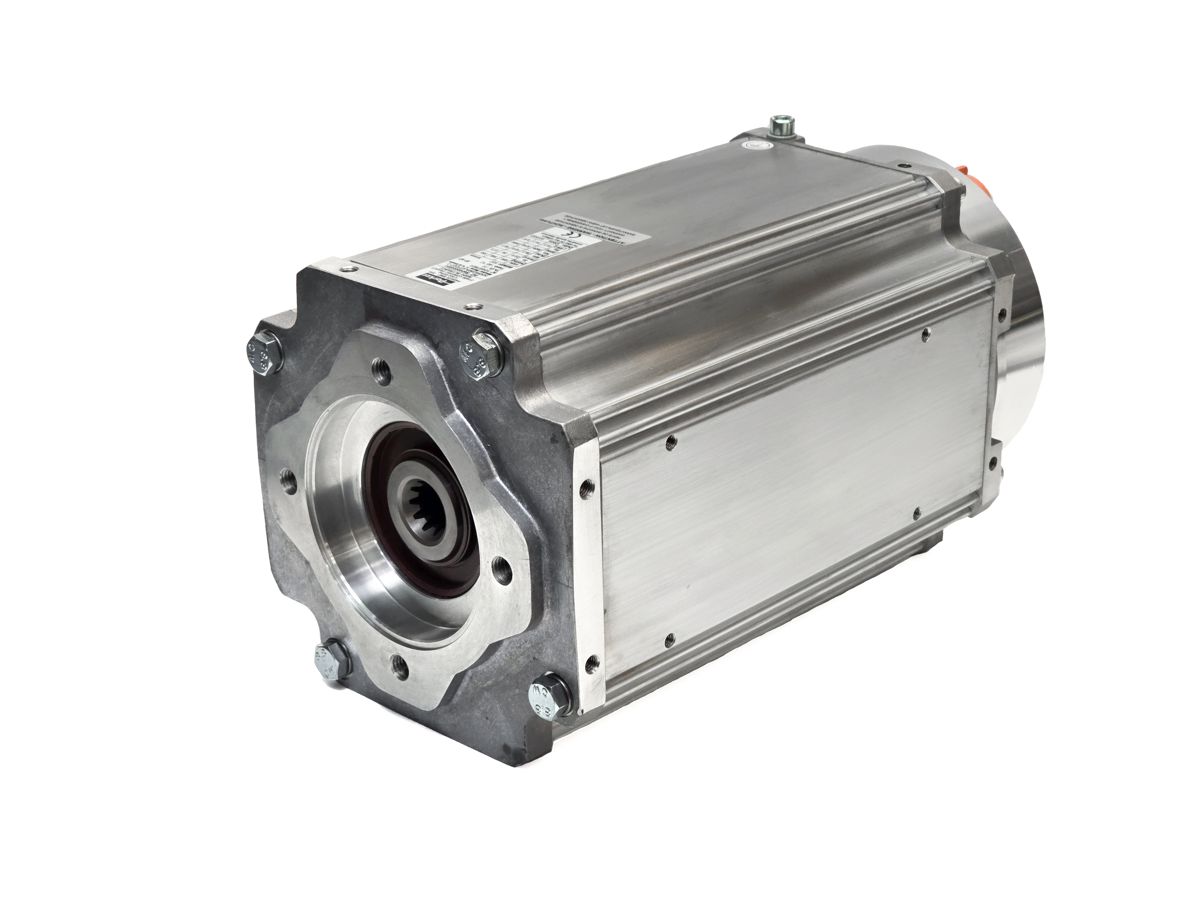Understanding the Technology and Materials Behind Car Wheels
Car wheels do a lot more than just roll. They carry the vehicle’s weight, transfer engine power to the road, and keep everything moving smoothly. Without a solid set of wheels, a car’s performance would tank. Their shape, design, and materials play a huge role in how a vehicle drives, corners, and brakes.
At first glance, wheels seem straightforward. But dig deeper, and they’re a feat of engineering. Every detail counts. Teams of designers test and tweak wheel designs to fit specific vehicles, from family sedans to screaming sports cars. The result? Wheels that are tough, safe, and built to perform.
How Design Shapes Performance
A wheel’s look isn’t just for show—it changes how a car behaves. The size and shape can boost grip, save fuel, or make rides smoother. Good design even helps cool the brakes, which matters a ton when you’re pushing high speeds or braking hard.
Wheels are built to handle serious stress. Every time a car turns or hits a pothole, the wheels take a beating. Engineers put them through grueling tests, tweaking spoke angles or rim curves to ensure they hold up.
Wide wheels give better traction, perfect for performance driving. Narrow ones? They’re often better for sipping less gas. It all depends on the car and how it’s used.
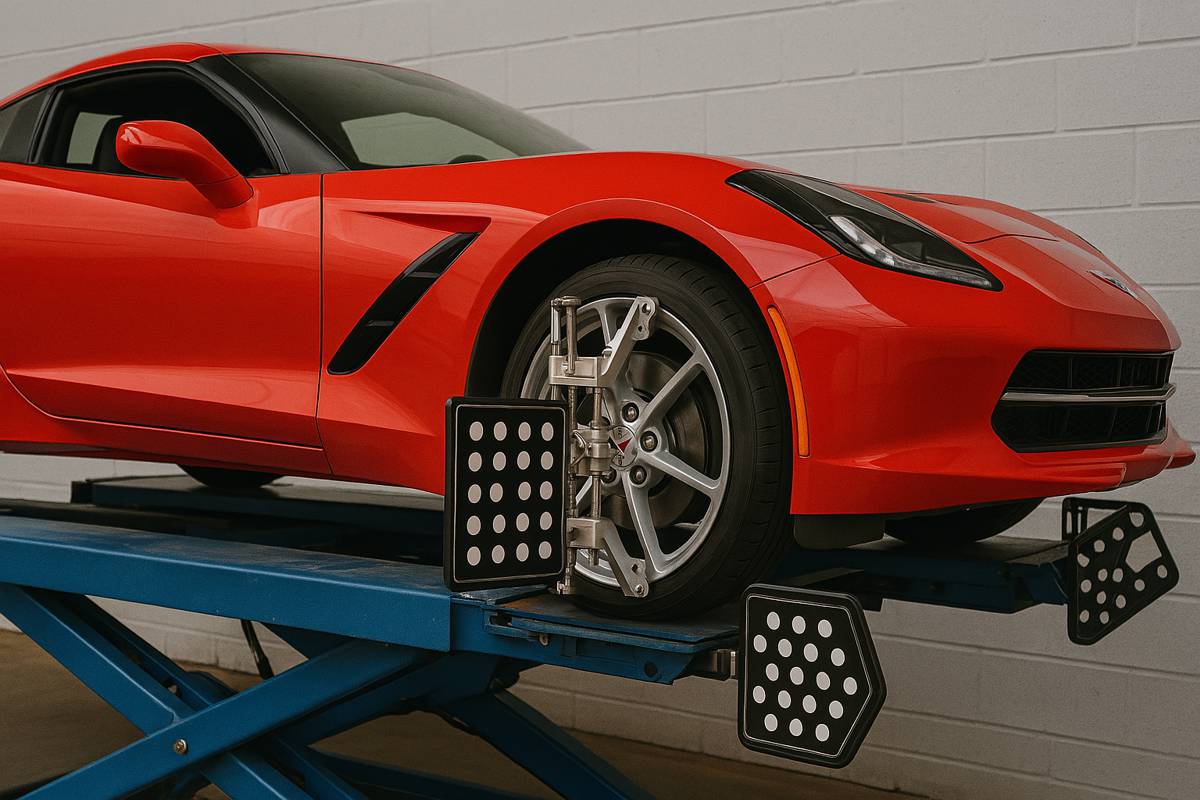
Corvette Wheels: Built for Speed
High-performance cars like Corvettes demand next-level wheels. These machines fly down roads, carve tight corners, and need to stop on a dime. Their wheels have to keep pace with that intensity.
Corvette designers use fancy computer simulations to test new wheel concepts before crafting them. Each wheel gets pushed to its limits for strength, weight, and heat resistance. They need to be sturdy yet light to help the car zip and handle better.
The design also tackles brake heat. Special vents and shapes let air flow through, cooling things down during wild drives. Corvette wheels are a prime example of smart engineering and top-notch materials working together.
Aluminum Alloy: The Go-To Choice
Most car wheels today are made from aluminum alloy. It’s strong, doesn’t weigh a ton, and resists rust like a champ. That combo makes it perfect for everything from daily commuters to performance beasts. Plus, it helps with fuel efficiency and sharper handling.
There are two main ways to make aluminum wheels: casting and forging. Casting pours molten metal into molds—quick and budget-friendly. Forging uses heat and pressure to shape the metal, creating a denser, tougher wheel. Forged ones cost more but shine in high-stakes situations.
Aluminum handles heat well and can be molded into all sorts of designs. It’s versatile, letting carmakers balance style and function across different models.
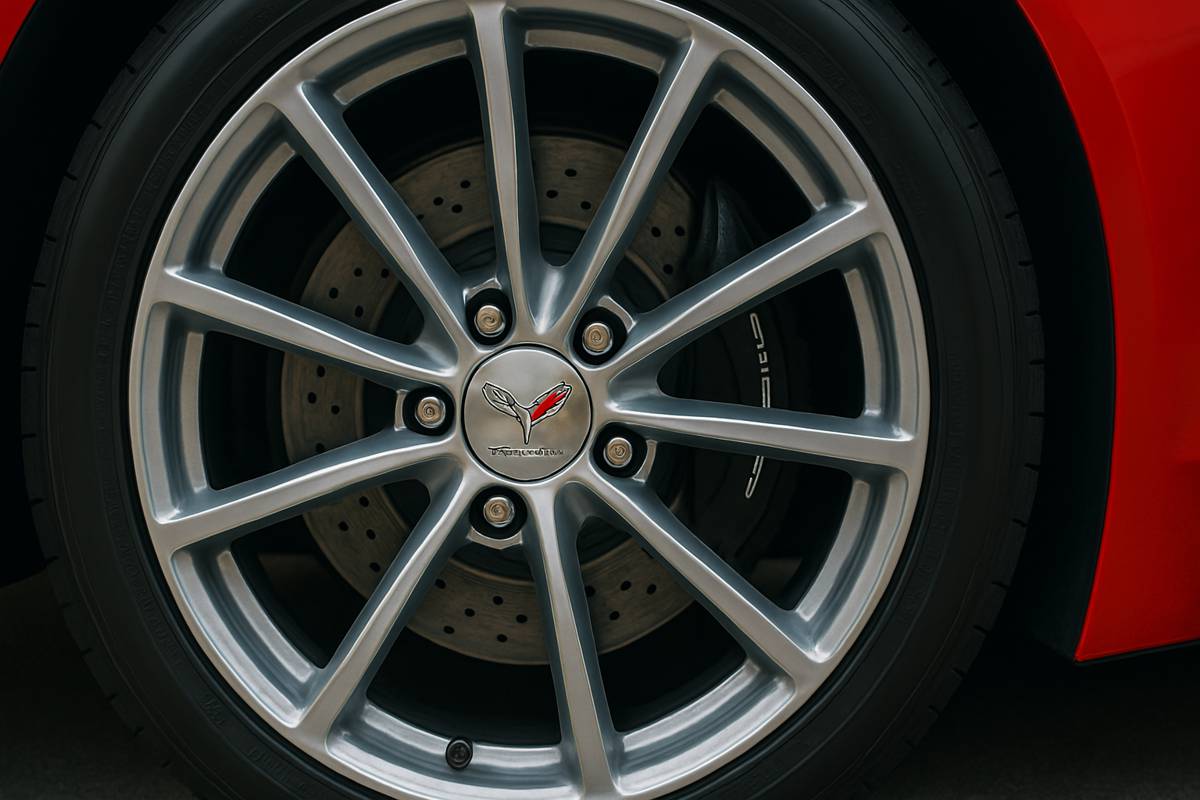
Steel Wheels: Tough and Affordable
Steel wheels are the wallet-friendly option, heavier than aluminum but built like tanks. They can take a pounding without cracking, making them great for rough roads or nasty weather.
That extra weight isn’t ideal for sporty or luxury cars—it can slow things down or mess with handling. But for winter driving or off-road adventures, steel wheels are a no-brainer. They’re cheaper to produce and replace, too.
Lots of drivers slap steel wheels on for snowy months, pairing them with winter tires. It saves their pricier wheels from ice and salt. They may not turn heads, but they get the job done.
Forged vs. Cast: Breaking It Down
Wheels come together in two key ways: casting or forging. Casting involves pouring melted metal into molds. It’s fast, affordable, and fine for most everyday drivers.
Forging, though, is a whole different beast. It shapes metal with intense heat and pressure, creating a tighter, stronger structure. The result? Lighter, more durable wheels that thrive in racing or high-performance cars.
Both have their place. Cast wheels work for the average commute. Forged ones cost a pretty penny but deliver unmatched strength and longevity. It all boils down to what the car—and driver—needs.
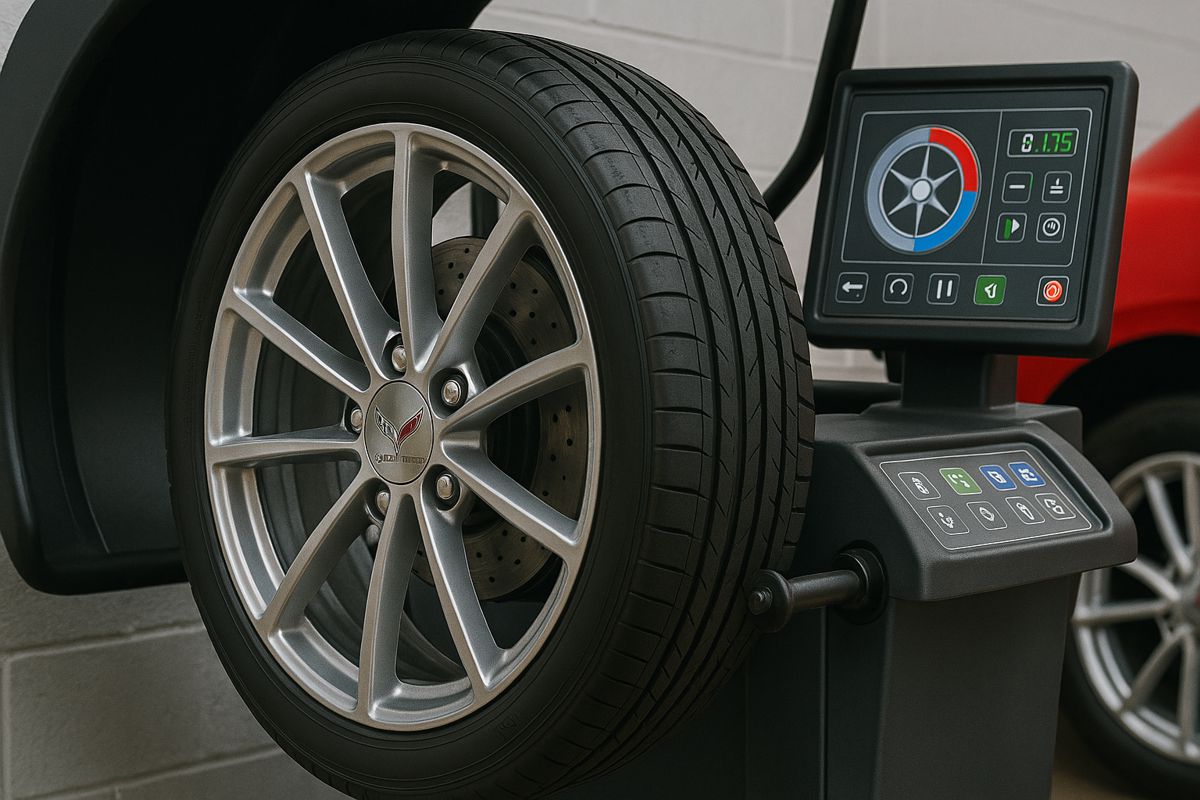
For car enthusiasts seeking performance and style, AudioCityUSA wheels stand out with advanced engineering and bold designs. Explore their premium selection, including Giovanna wheels, crafted for strength, precision, and head-turning appeal.
Finishes: More Than Just Flash
Wheels aren’t complete without coatings and finishes. These layers shield against water, grime, and road salt while giving wheels their final vibe. Think glossy chrome, matte black, or even textured bronze.
Finishes do more than look cool. They help manage heat and fend off damage. A solid coating keeps wheels looking sharp for years and protects against rust or wear. It’s both practical and stylish.
Drivers love picking finishes that vibe with their car’s personality, whether it’s sleek silver or bold polished metal.
What’s Next for Wheels
Wheel tech isn’t standing still. As cars go electric and smarter, wheels are evolving, too. Engineers are eyeing materials like carbon fiber—super light and crazy strong.
3D printing is shaking things up, letting designers craft custom wheels with less waste. Some companies are even testing wheels with built-in sensors to monitor tire pressure, balance, or road conditions in real time.
As vehicles get more advanced, wheels will keep pushing boundaries. New tech and materials are set to make driving safer, quicker, and more efficient.









